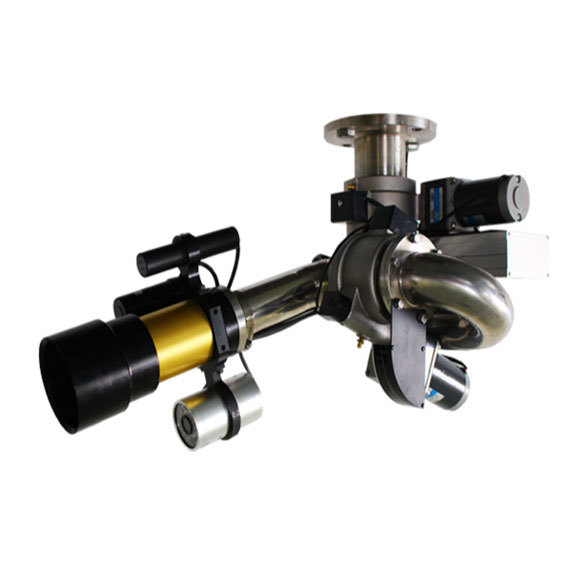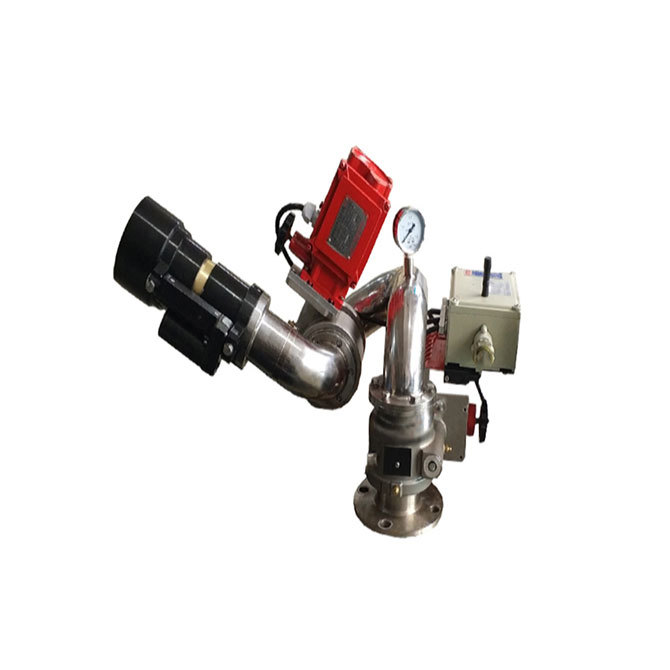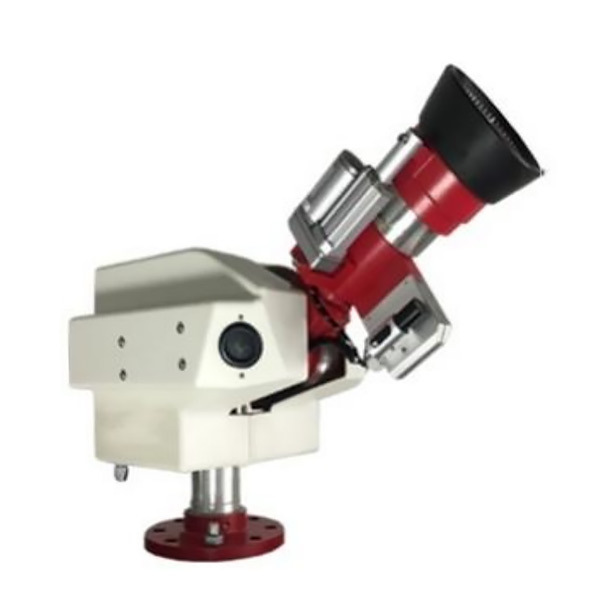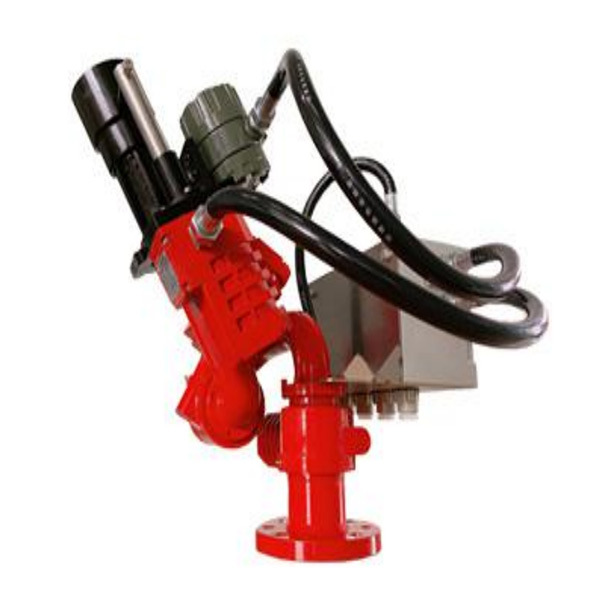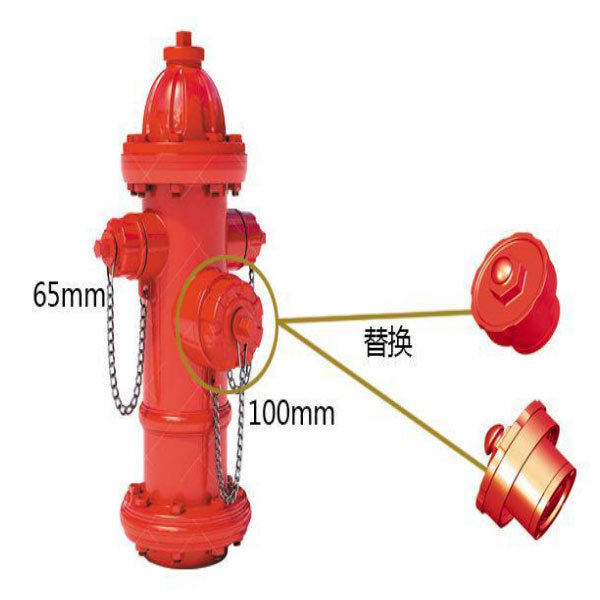News Center
25
2020
-
06
In the next 10 years, smart fire protection may become a trader in the field of fire protection!
Generally speaking, the traditional fire protection mode mainly adopts the means of "civil air defense + technical defense" to realize the early warning and treatment of fire hazards. However
1. Technology empowerment to "eliminate" to "defense"
Generally speaking, the traditional fire protection mode mainly adopts the means of "civil air defense + technical defense" to realize the early warning and treatment of fire hazards. However, due to insufficient dynamic control of fire hazards, insufficient data resource sharing and application, and insufficient fire fighting and rescue command, accidents and delays will always occur when managers check fire safety hazards and report them.
In addition, with changes in urban morphology and social and economic development, residents’ awareness of fire safety has gradually increased, and traditional social fire safety guarantee capabilities have become increasingly unsuitable for social needs. Under this circumstance, the traditional firefighting which focuses on "dissipation" may be replaced by smart firefighting which focuses on "prevention".
We all know that the first step for smart fire fighting is to establish a fire-fighting Internet of Things management center, which can integrate the equipment and facilities in the traditional fire-fighting system with fire-fighting supervision and management, and the fire-fighting agency of public security organs for firefighting and rescue through technologies such as Internet of Things information sensing and communication. The fire information required by the various elements involved are connected.
Simply put, in the field of fire protection, whether it is equipment, water resources, or data, smart fire protection is to eliminate the critical line of accident handling in the bud.
Second, the market is vast, and the foothold of many industries
Safety production is mainly oriented to industrial enterprises, especially dangerous goods production and circulation enterprises. These industrial enterprises are the key targets of government supervision, and their safety hazards are the focus of safe production work; applications in the education industry are concentrated in higher vocational schools The high-density places of colleges and universities, especially the centralized monitoring of the electricity safety of student dormitories; The fire safety problems of the cultural and tourism industry are currently focused on the fire safety protection of cultural relics and ancient buildings; the application of smart fire protection systems in the real estate industry is currently mainly Focus on the intelligent fire protection project for high-rise buildings.
Faced with many hidden fire hazards in production safety, education, cultural, and real estate industries, smart firefighting takes "prevention" as its main purpose, and can achieve comprehensive integration of smoke, gas leakage, electricity safety, and fire fighting water pressure. The safety data is collected in real time.
3. The emerging economy forces certain companies to emerge
As the total output value of the smart firefighting industry continues to rise, various local policies are constantly promoting the popularization of smart firefighting. In the face of such a hot smart firefighting market, which companies are suitable to transform or enter the smart firefighting industry? Generally speaking, there are four types of companies suitable for entering the smart fire protection industry.
1. Internet giants.
Such companies have big data and related technologies and experience in the Internet of Things, and it is very easy to construct a set of smart fire protection solutions;
2. Entrepreneurial enterprise.
Faced with such a large market and active policy support, such enterprises can give full play to their innovative advantages on the product side;
3. Security companies.
Security companies that already have IoT + security experience have a lot of common experience and infrastructure in the field of smart fire protection;
4. Professional fire protection company.
Some traditional firefighting companies have accumulated many years of experience, have strong research and development capabilities, and are also adding new technologies to transform and upgrade the firefighting field.
RELATED PRODUCTS



